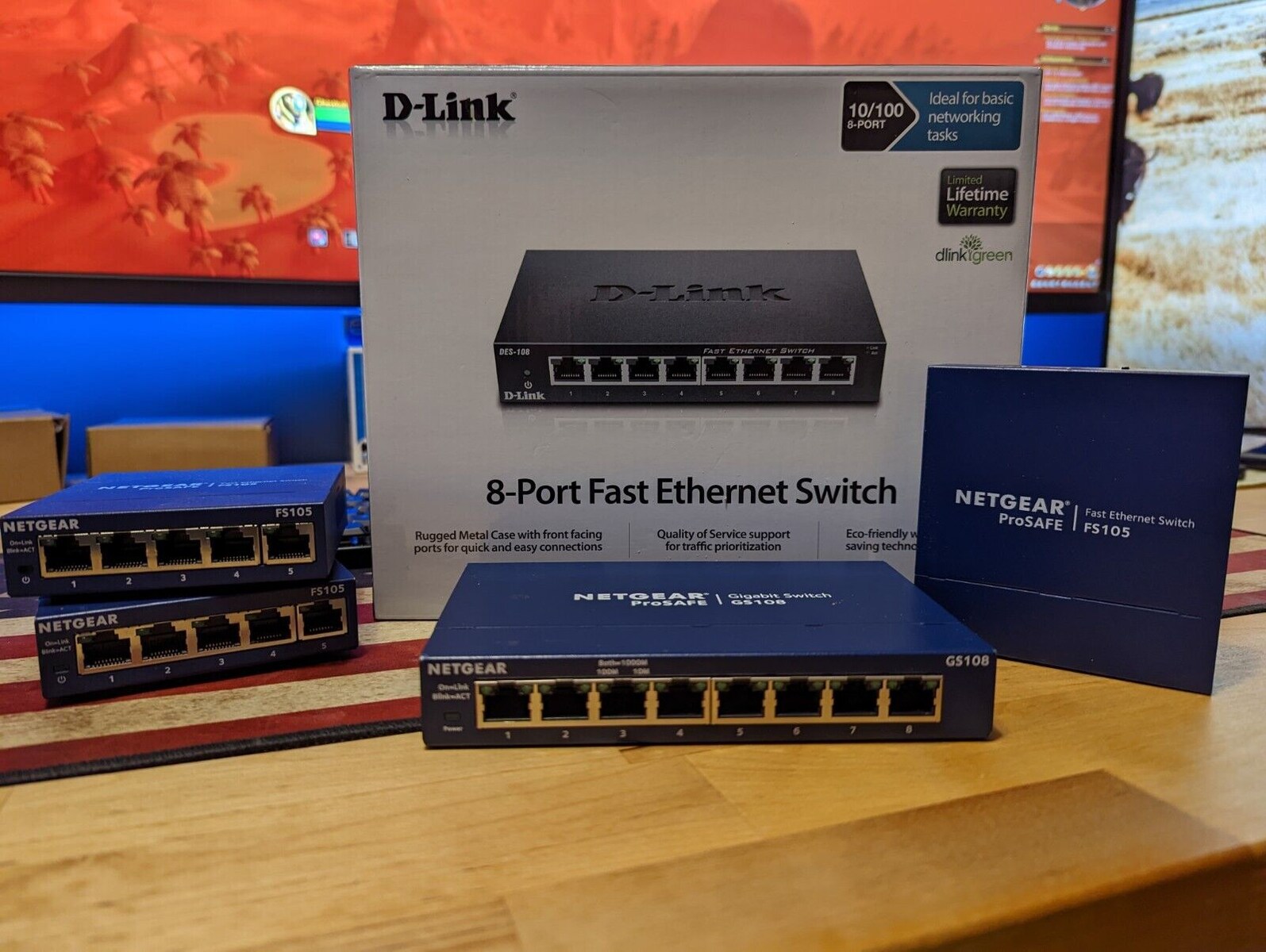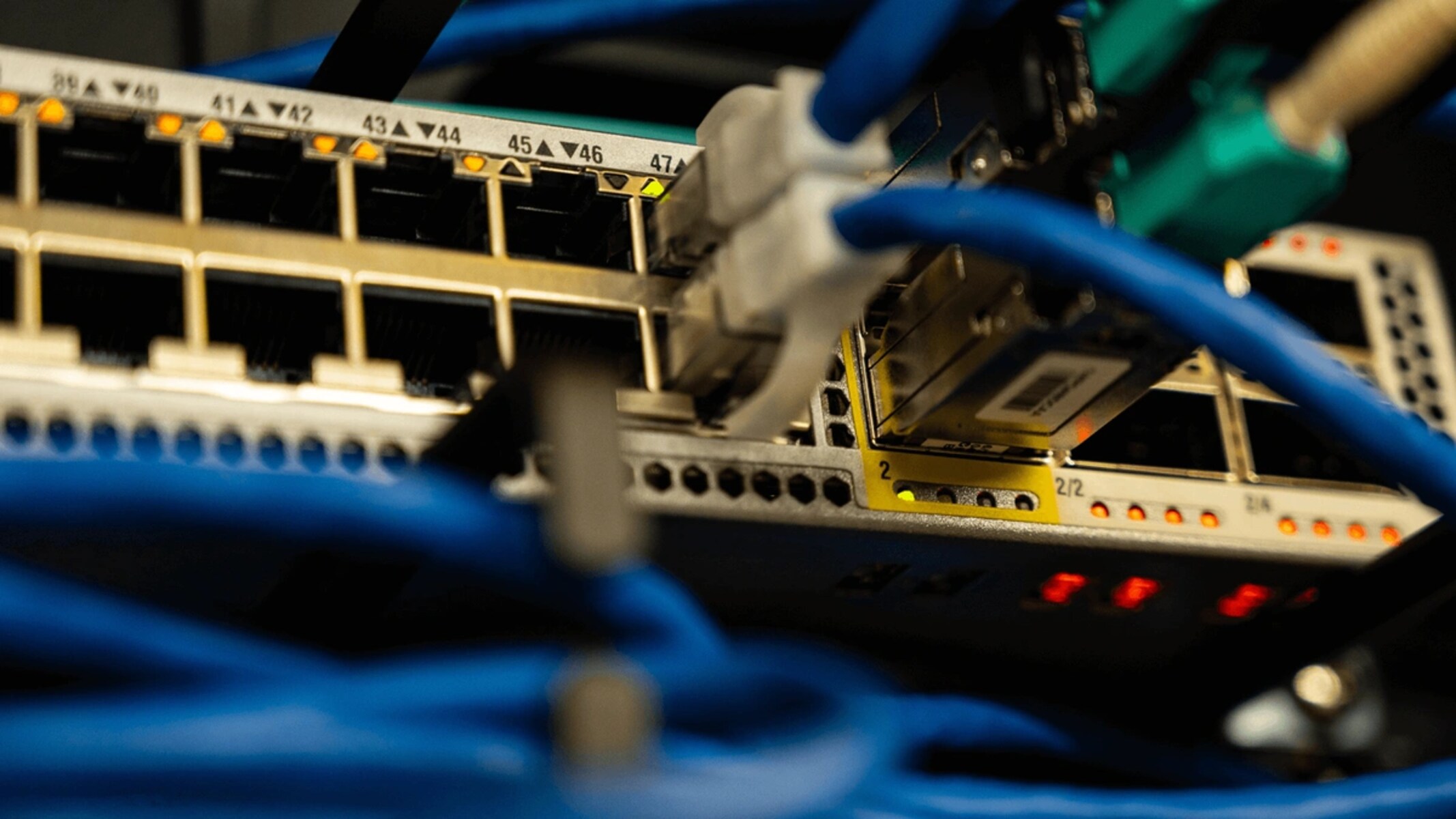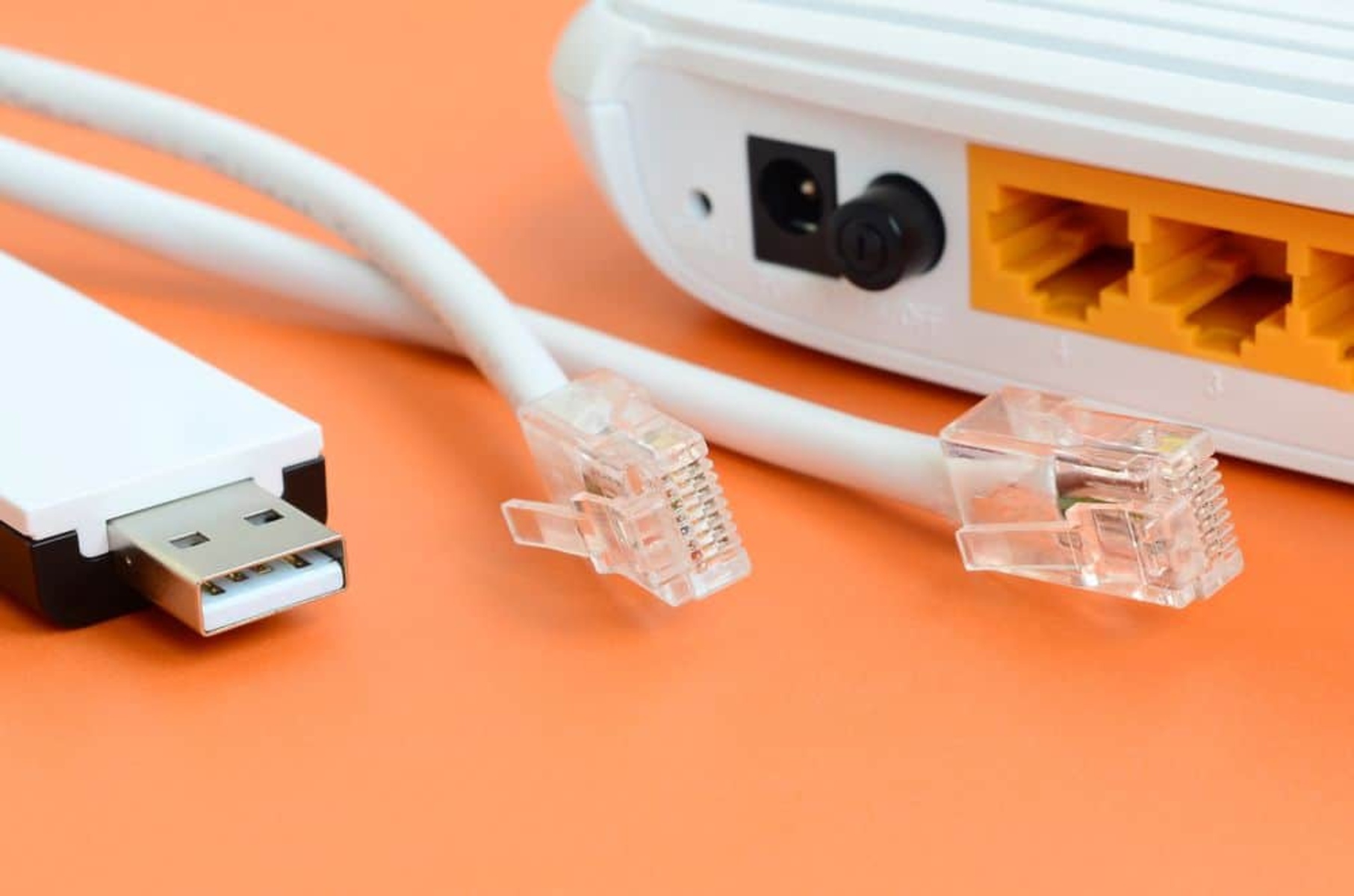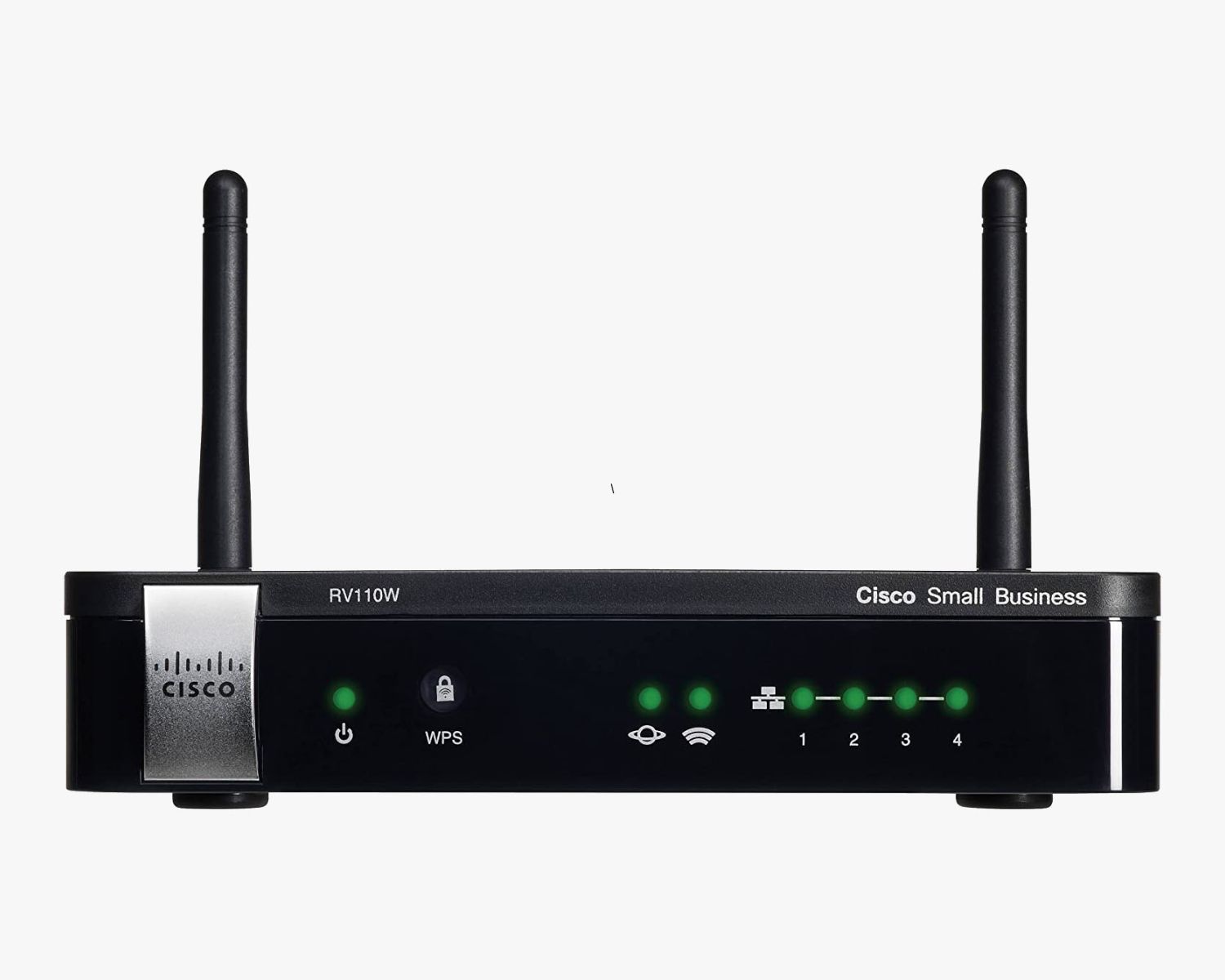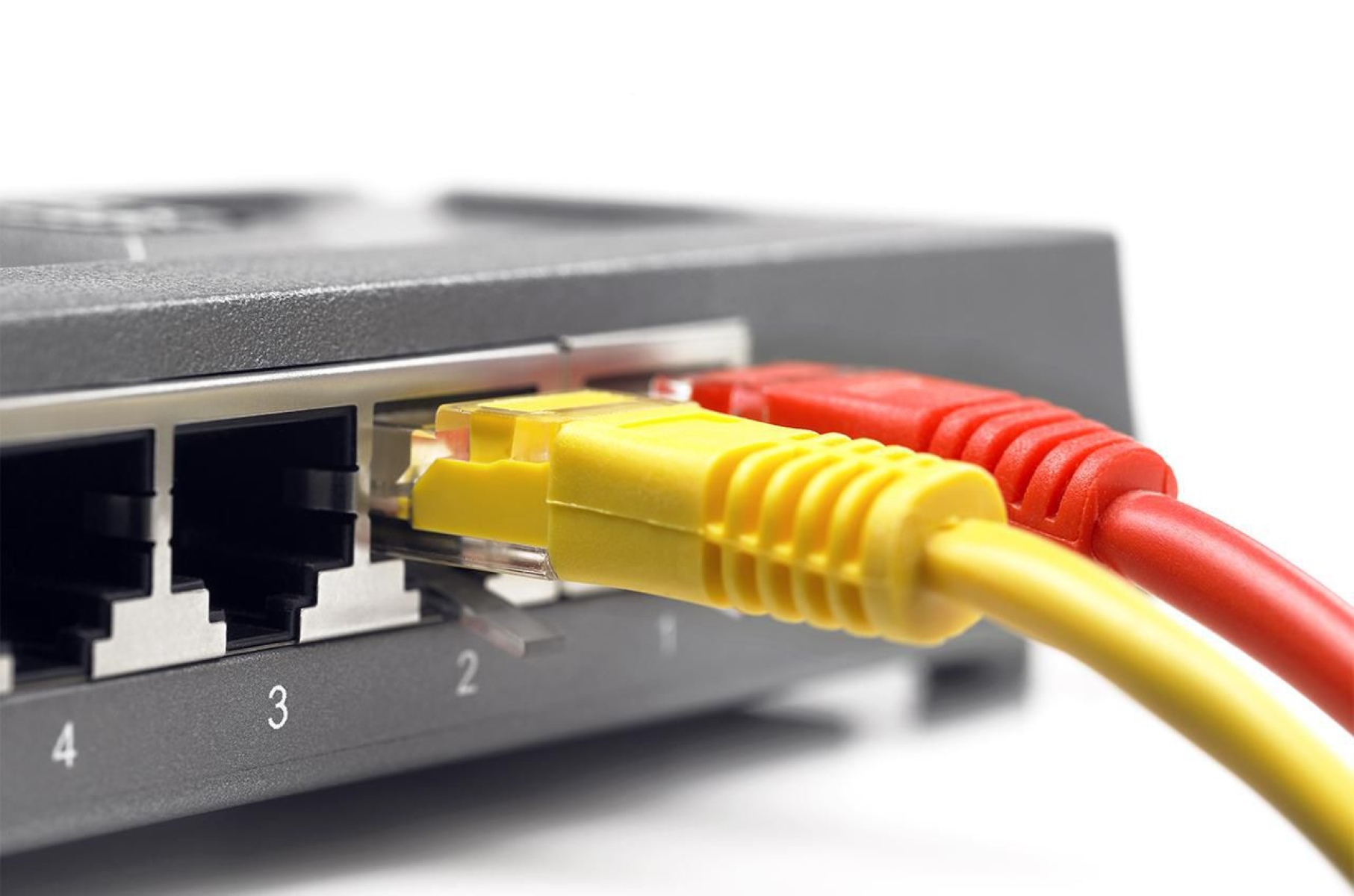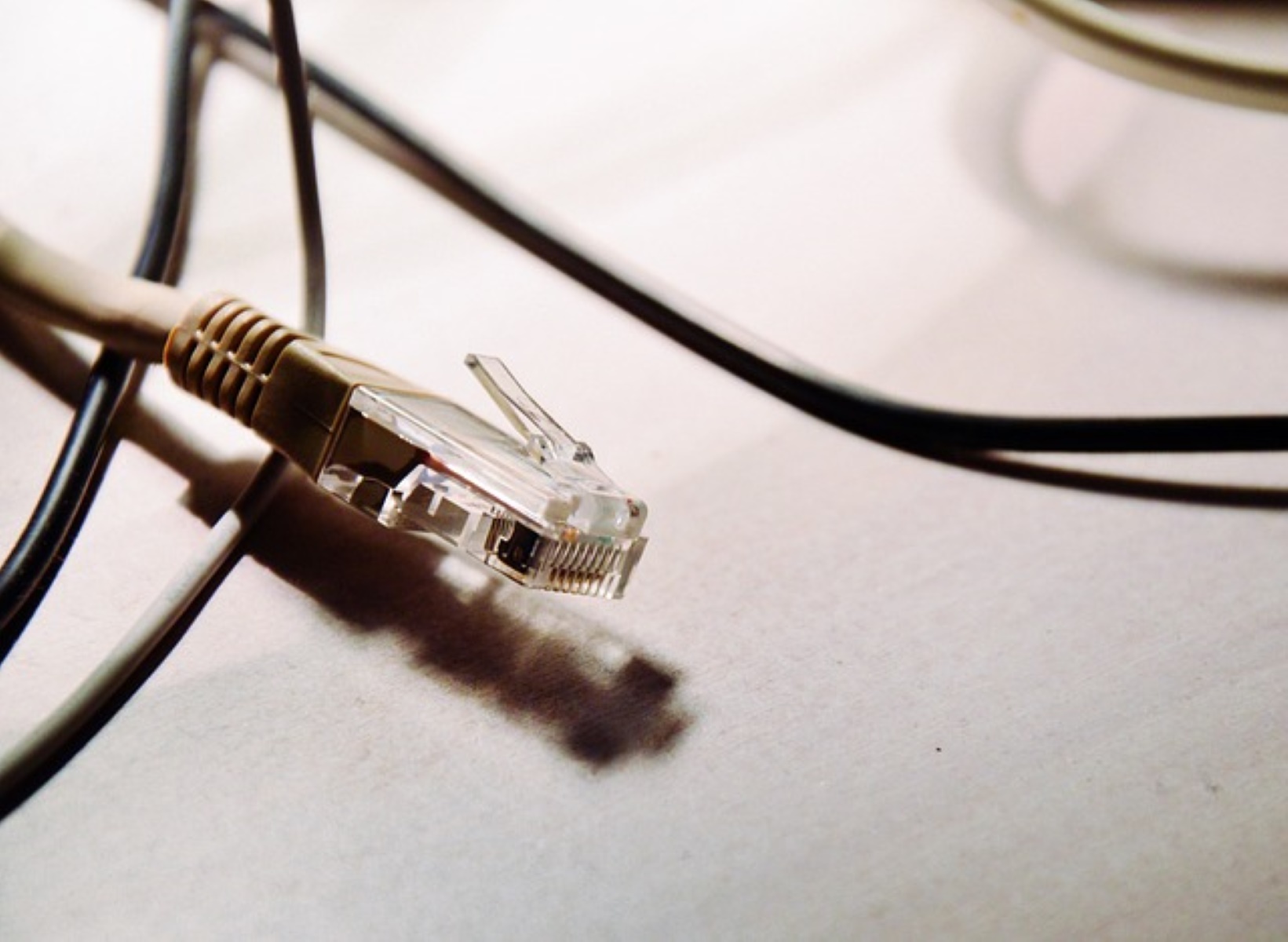Introduction
Welcome to the world of networking, where the seamless flow of data is paramount. In this guide, we will delve into the essential process of connecting one network switch to another. Whether you are expanding your network, creating redundancies, or optimizing data flow, understanding how to connect network switches is a fundamental skill for any network administrator or enthusiast.
Networking switches are the unsung heroes of the digital age, efficiently directing traffic and ensuring that data reaches its intended destination. As the backbone of modern communication, network switches play a crucial role in maintaining connectivity and facilitating the transfer of information across various devices.
In this comprehensive guide, we will explore the intricacies of network switches and provide step-by-step instructions for connecting two switches. Additionally, we will discuss the configuration process and offer insights into testing the connection to ensure seamless functionality.
By the end of this guide, you will have a solid grasp of how to connect network switches, empowering you to expand and optimize your network infrastructure with confidence. So, let's embark on this enlightening journey into the realm of networking, where the convergence of technology and connectivity awaits.
Understanding Network Switches
Before delving into the process of connecting two network switches, it is essential to grasp the fundamental role of these devices in the realm of networking. At its core, a network switch is a crucial networking hardware that operates at the data link layer of the OSI model, enabling devices within a network to communicate with each other efficiently.
Unlike traditional hubs that indiscriminately broadcast data to all connected devices, network switches intelligently forward data packets only to the intended recipient, optimizing network performance and reducing unnecessary network traffic. This intelligent forwarding is achieved through the use of MAC addresses, allowing switches to create a dynamic table that maps MAC addresses to specific switch ports, thereby directing data packets with precision.
Network switches come in various configurations, including unmanaged, managed, and layer 3 switches, each catering to specific networking needs. Unmanaged switches are plug-and-play devices, ideal for small networks, while managed switches offer advanced features such as VLAN support, QoS, and port mirroring, providing greater control and flexibility in network management. Layer 3 switches, on the other hand, incorporate routing capabilities, allowing them to make forwarding decisions based on IP addresses, akin to routers.
Furthermore, the speed and number of ports on a network switch are pivotal considerations. Gigabit Ethernet switches, for instance, offer high-speed connectivity, while the number of ports determines the scalability of the network. Understanding these nuances is paramount in selecting the right switches for your network infrastructure.
With a solid understanding of the pivotal role network switches play in networking, we can now proceed to the intricate process of connecting two network switches, laying the foundation for an interconnected and robust network environment.
Connecting Two Network Switches
Now that we have a comprehensive understanding of network switches, let’s explore the process of connecting two switches to expand the network and facilitate seamless communication between devices. When connecting two network switches, several methods can be employed, depending on the specific networking requirements and the existing infrastructure.
One common method involves using Ethernet cables to establish a physical connection between the switches. This can be achieved by connecting a port on the first switch to a port on the second switch using an Ethernet cable. It is essential to ensure that the cable used is compatible with the switch ports and supports the desired data transfer speed, such as Cat5e or Cat6 cables for Gigabit Ethernet connections.
Another approach involves utilizing fiber optic cables for long-distance connections or environments where electromagnetic interference is a concern. Fiber optic transceivers can be used to convert electrical signals into optical signals for transmission over fiber optic cables, offering high-speed and reliable connectivity between the switches.
In scenarios where a direct physical connection is not feasible, network switches can also be interconnected using virtual LANs (VLANs) or trunking protocols such as Link Aggregation Control Protocol (LACP) or Cisco’s EtherChannel. These methods allow for the aggregation of multiple physical links between switches, enhancing bandwidth and providing redundancy while simplifying network management.
When connecting switches, it is crucial to consider the network topology and the overall design of the network, ensuring that the connection method aligns with the specific networking requirements and objectives. Whether creating a simple point-to-point connection or implementing a more complex redundant link configuration, the goal is to establish a robust and efficient interconnection between the switches.
By understanding the various methods of connecting two network switches, network administrators can tailor the approach to suit the unique needs of their network infrastructure, fostering seamless communication and data flow across the network.
Configuring the Network Switches
Once the physical connection between the network switches is established, the next crucial step is to configure the switches to ensure seamless communication and optimal network performance. This involves setting up the necessary parameters and features to facilitate efficient data transfer and network management.
First and foremost, accessing the switch’s management interface is essential to begin the configuration process. Managed switches typically feature a web-based interface or a command-line interface (CLI) for configuration. By entering the switch’s IP address into a web browser or accessing the CLI via a terminal emulator, network administrators can gain access to the switch’s configuration settings.
One of the primary configurations involves assigning IP addresses to the switches to enable remote management and monitoring. This allows administrators to access the switches from a central location and make configuration changes as needed. Additionally, configuring the default gateway and DNS settings is crucial for enabling external communication and network connectivity.
Furthermore, configuring VLANs is integral to segmenting the network into distinct broadcast domains, enhancing security and network performance. By assigning specific ports to different VLANs, administrators can control traffic flow and restrict communication between devices, effectively isolating broadcast domains within the network.
Quality of Service (QoS) configuration is another vital aspect, particularly in environments where prioritizing certain types of traffic is necessary. By implementing QoS policies, network administrators can prioritize voice, video, or critical data traffic, ensuring optimal performance for essential network applications.
Security features such as port security, access control lists (ACLs), and 802.1X authentication should also be configured to fortify the network against unauthorized access and potential security threats. These measures bolster the overall network security posture, mitigating the risk of unauthorized access and data breaches.
Lastly, enabling and configuring spanning tree protocol (STP) or its variants is crucial for preventing network loops and ensuring network stability. STP facilitates the detection and elimination of redundant links, preventing broadcast storms and network disruptions.
By meticulously configuring these settings and features, network administrators can optimize the functionality of the interconnected switches, creating a robust and secure network environment that aligns with the specific requirements and objectives of the organization.
Testing the Connection
After connecting and configuring the network switches, it is imperative to conduct comprehensive testing to validate the integrity and functionality of the interconnected switches. Testing the connection ensures that data can flow seamlessly between the switches and that the network operates as intended, minimizing the risk of potential issues and disruptions.
One of the primary methods of testing the connection between the switches involves verifying physical connectivity. This entails confirming that the Ethernet or fiber optic cables are securely connected to the respective switch ports and that the link status indicators on the switches indicate a successful connection. Physical inspection and cable testing tools can be utilized to ascertain the integrity of the cabling infrastructure.
Subsequently, conducting a ping test between devices connected to each switch validates end-to-end connectivity and ensures that data packets can traverse the interconnected switches without impediments. By issuing ping commands from devices in one network segment to devices in another segment, network administrators can confirm that data can traverse the interconnected switches and reach their intended destinations.
Furthermore, testing the VLAN configuration is essential to ensure that devices within the same VLAN can communicate with each other while being isolated from devices in other VLANs. Verifying inter-VLAN routing, if applicable, confirms that traffic can be routed between VLANs, facilitating seamless communication across the network.
Network performance testing tools can be employed to assess the throughput, latency, and packet loss across the interconnected switches, providing insights into the overall network performance and identifying potential bottlenecks or issues that may impact data transfer efficiency.
Security testing is equally critical, involving the verification of access control measures, port security configurations, and the enforcement of security policies. By attempting to access unauthorized ports or devices, network administrators can evaluate the effectiveness of the configured security measures and identify any vulnerabilities that require remediation.
Lastly, stress testing the network switches by simulating heavy traffic loads and failover scenarios can unveil potential performance limitations and validate the resilience of the interconnected switches under demanding conditions.
By meticulously testing the connection between the network switches, administrators can gain confidence in the reliability and performance of the interconnected network, preemptively addressing any issues and ensuring a robust and seamlessly functioning network infrastructure.
Conclusion
Embarking on the journey of connecting network switches has provided valuable insights into the intricate process of expanding and interconnecting network infrastructure. From understanding the pivotal role of network switches in directing data traffic to configuring and testing the interconnected switches, this guide has illuminated the essential steps involved in creating a robust and efficient network environment.
By comprehending the nuances of network switches and the various methods of connecting them, network administrators and enthusiasts are empowered to expand their networks, optimize data flow, and enhance connectivity across devices. The ability to establish seamless communication between switches fosters a cohesive network ecosystem, enabling the efficient transfer of data and the realization of organizational objectives.
Furthermore, the configuration and testing of interconnected switches are integral components of network management, ensuring that the network operates reliably, securely, and at optimal performance levels. Through meticulous configuration, including VLAN segmentation, QoS implementation, and security measures, administrators can tailor the network to meet specific organizational requirements while fortifying its resilience against potential threats.
Testing the interconnected switches validates the integrity of the network, confirming that data can traverse the switches without impediments and that security measures are effective. This proactive approach to testing mitigates the risk of network disruptions and instills confidence in the network’s ability to facilitate seamless communication and data transfer.
In conclusion, the process of connecting network switches is a multifaceted endeavor that encompasses technical acumen, strategic planning, and meticulous execution. By mastering the art of connecting and managing network switches, individuals can architect resilient and high-performing networks that serve as the backbone of modern connectivity, enabling the seamless exchange of information and the realization of digital innovation.







